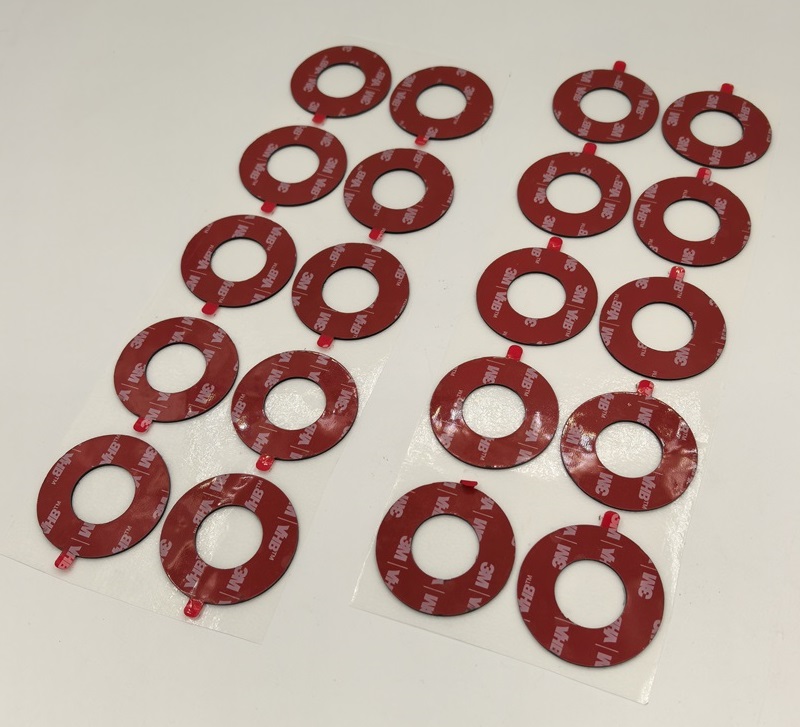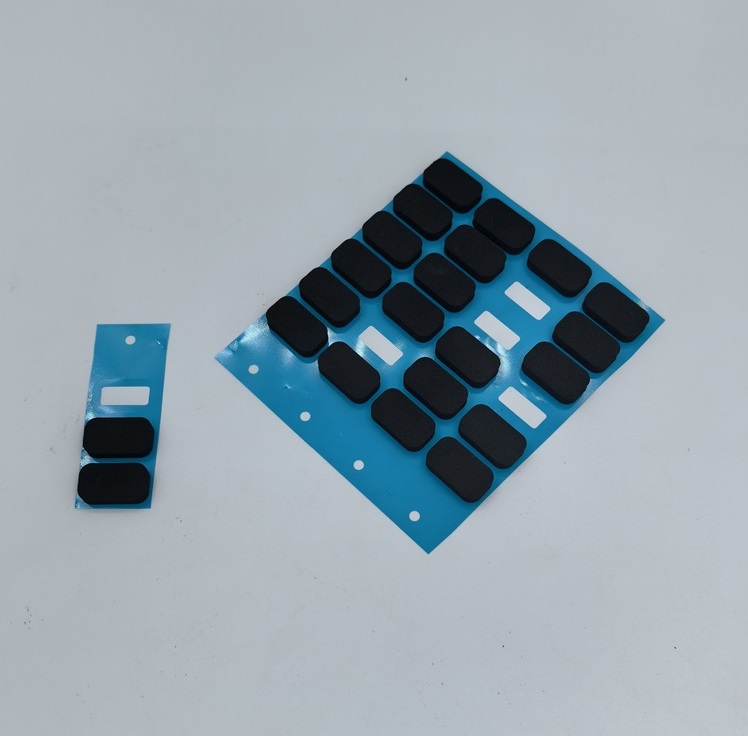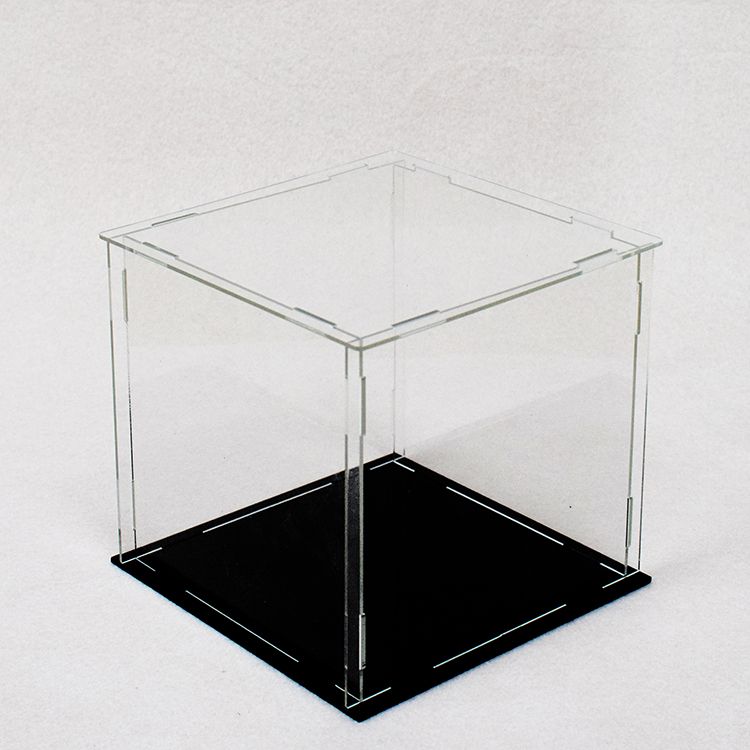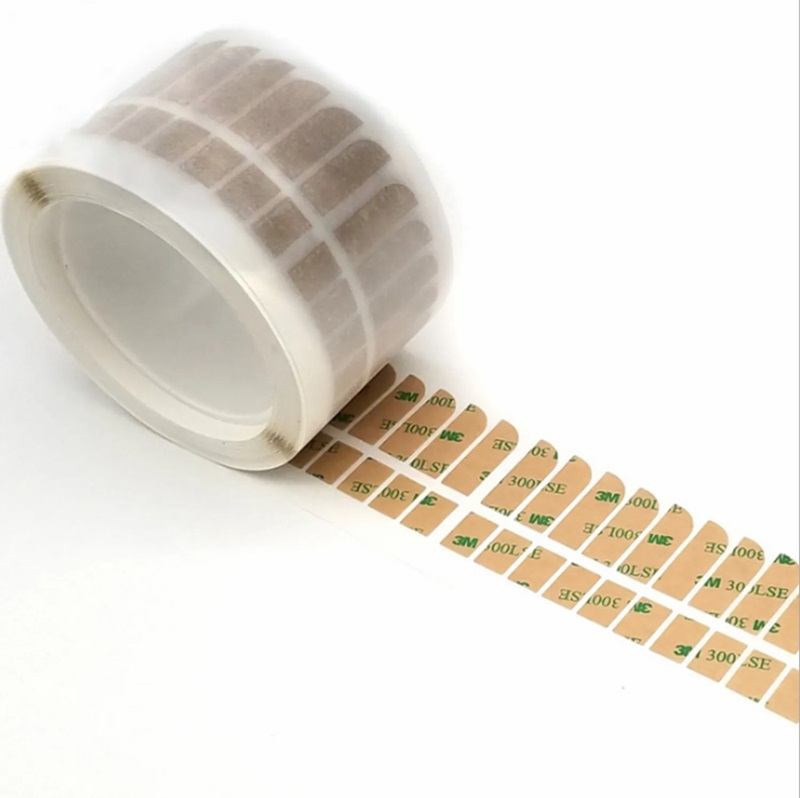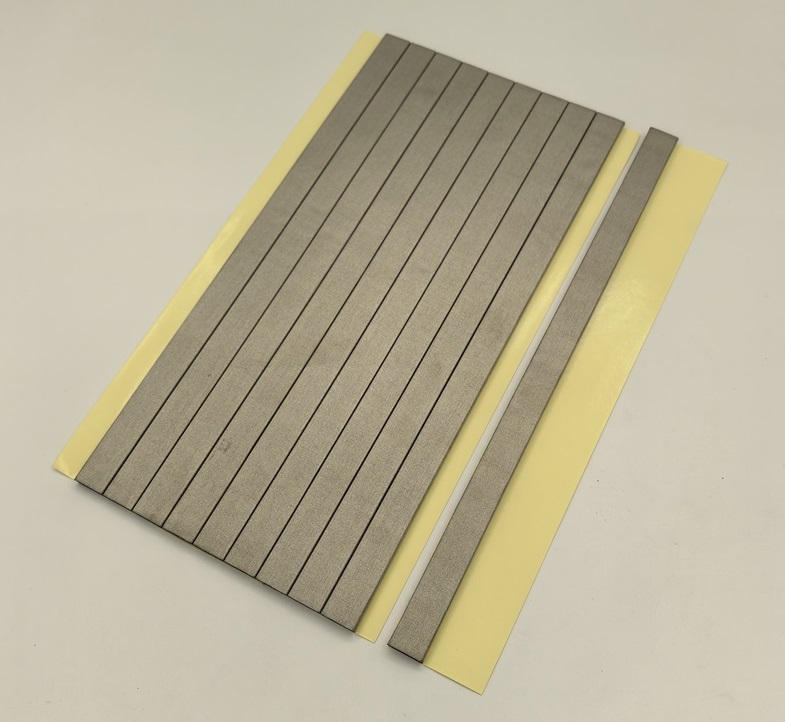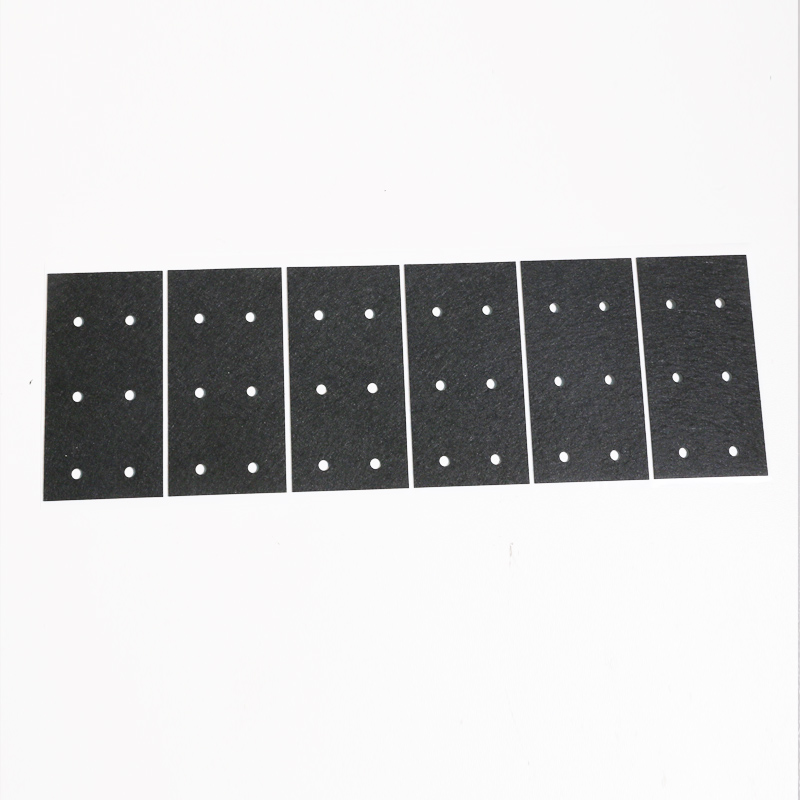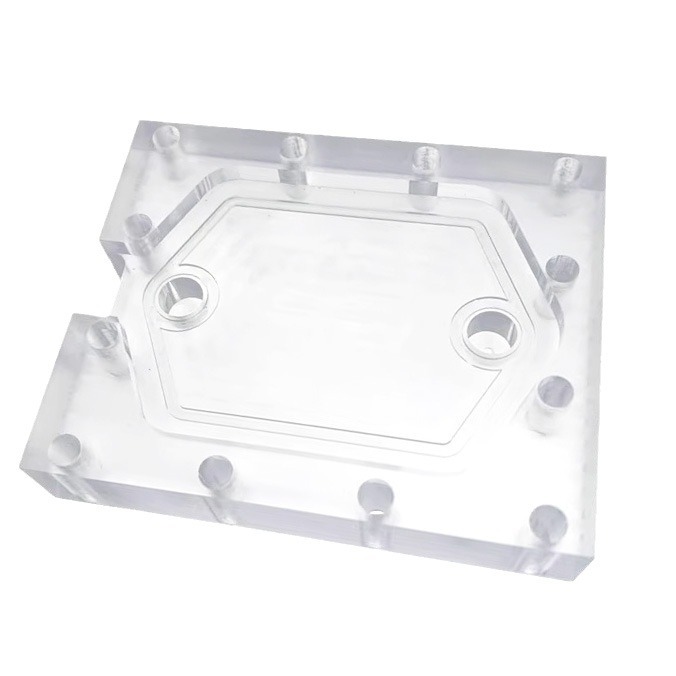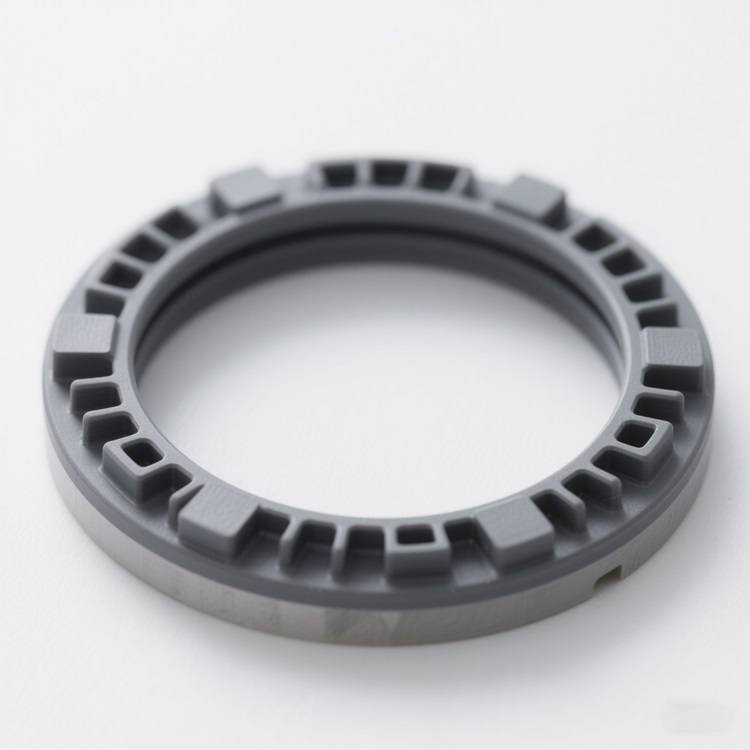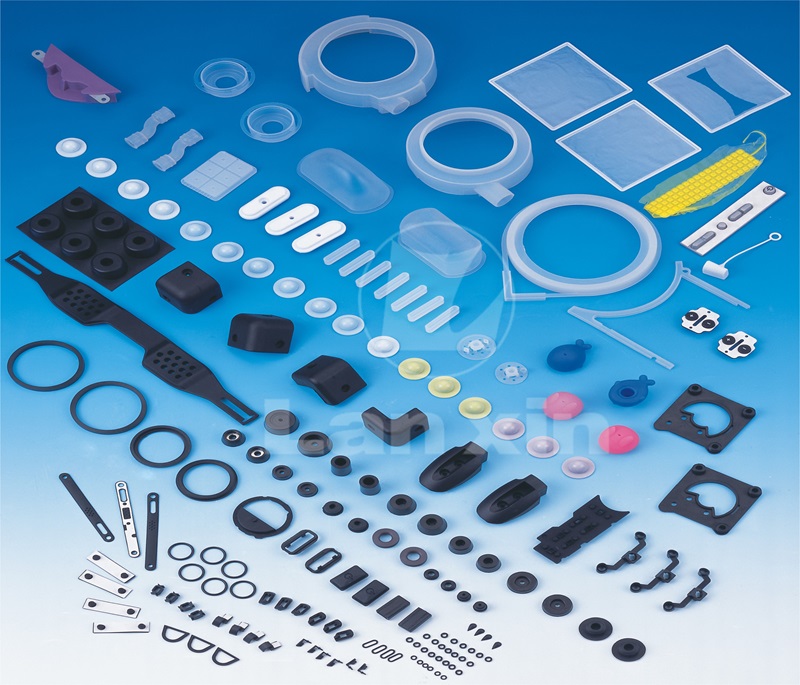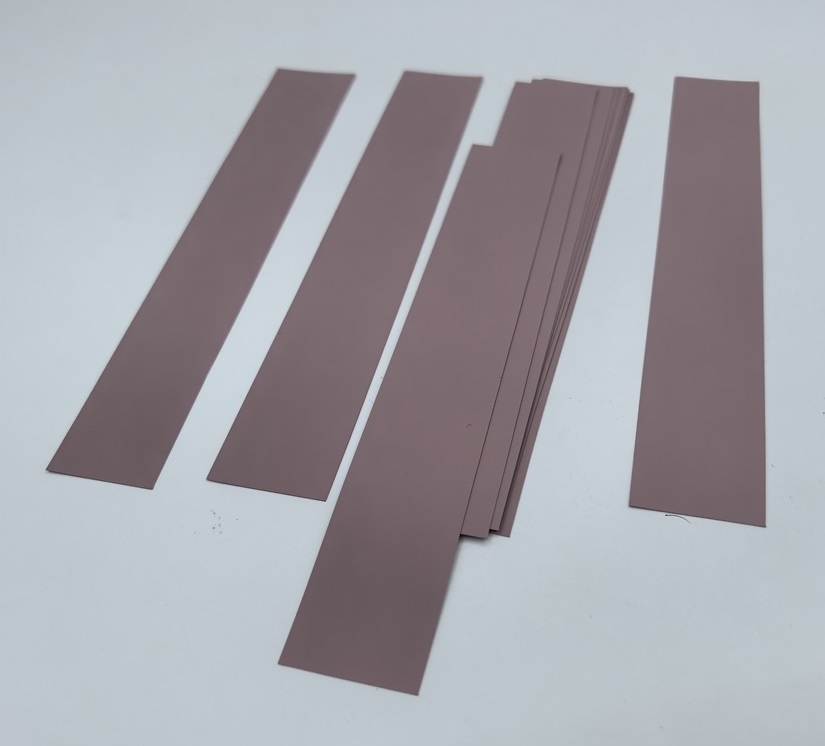In the field of electrical insulation materials, mica paper and mica tape play an important role. Although both use mica as the key raw material, there are significant differences in material properties and application areas.
Material composition and process
From the perspective of material composition and production process, mica paper uses muscovite, phlogopite or artificial synthetic mica as raw materials. Pulping is done by chemical or mechanical methods, followed by papermaking, slitting and rewinding into continuous rolls. This process results in a finished product with uniform thickness, good integrity and high electrical strength, making it suitable for large-scale production. Mica tape is made of mica paper as the base material, with mica powder or mica glue coated on its surface and then made through a composite process. According to different uses, it can be divided into raw mica tape (hard), cooked powder mica tape (soft), large-scale mica tape (medium-rubber and low-rubber type) and other types.
Performance Differences
There are obvious differences in performance characteristics. Mica paper has excellent electrical properties, and its high insulation makes it an ideal choice for insulation protection of motors, electric heating equipment, etc. It has a high hardness and can play a role in scenarios with large mechanical stress, and can be made into a thin insulation layer, which helps to reduce the size of the equipment. In contrast, mica tape has outstanding flexibility, and after the surface is coated with mica powder, it performs well in situations where bending or fitting is required. Its mica glue has strong adhesion and can meet the needs of long-term fixation and sealing. Some models, such as epoxy mica glue, have good high temperature resistance, but polyester epoxy glue has large dielectric loss at high temperatures.
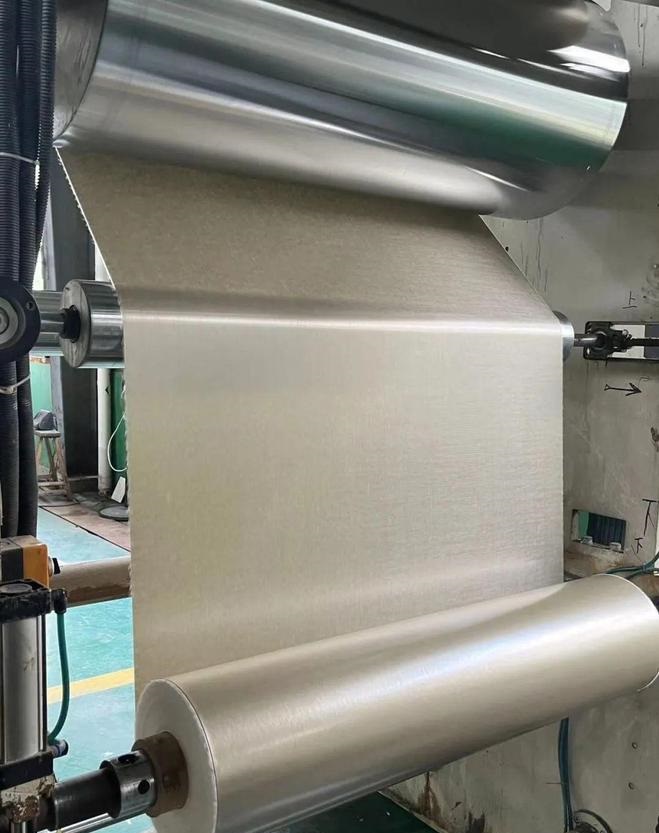
Preparation of mica tape
In terms of application areas, mica paper is mainly used for motor insulation, electric heating equipment insulation board, cable sheath, etc. It can also be used as the base material of electronic equipment heat sink. The application of mica tape focuses on the insulation layer of wires and cables, the sealing and shock-absorbing components of mechanical equipment, and the reinforcement layer of packaging materials.
The core difference between the two lies in their form and application scenarios. Mica paper, as a basic insulating material, is suitable for scenarios with high requirements for hardness and insulation; mica tape improves flexibility and adhesion through surface treatment, and is more suitable for applications that require bending, sealing or long-term fixation. In actual use, the two are often used together, such as mica paper as the base material and mica tape as the reinforcement layer.
In the manufacturing process, there are various methods for preparing mica pulp, such as calcination chemical treatment method, hydraulic pulping method, etc., and the first two are more widely used. The calcination chemical pulping method first calcines the crushed mica at high temperature to remove the crystal water, and then chemically treats it into pulp to make powdered mica paper; the hydraulic pulping method uses high-pressure water to peel off the mica sheets to make raw mica paper. The manufacturing method of mica tape is mainly dry method. On the mica tape pasting machine, the reinforcing material and mica paper are bonded with an adhesive, and different types of mica tapes are made after baking, winding, cutting and packaging, such as double-sided mica tape, single-sided mica tape, three-in-one mica tape, etc.
Understanding the difference between mica paper and mica tape is crucial for correctly selecting and using these two materials in different industrial fields, so as to give full play to their performance advantages and meet diverse production needs. Hope everyone to recognize these two mica products and also know us. Lanxin New Materials is one of the largest insulation material processing manufacturers in the Asia-Pacific region, covering an area of 20,000 more square meters, with two overseas production bases in Thailand and Vietnam, and a comprehensive annual output value of up to forty million USD.

